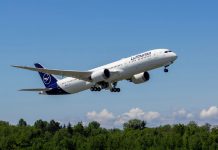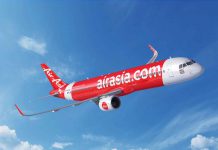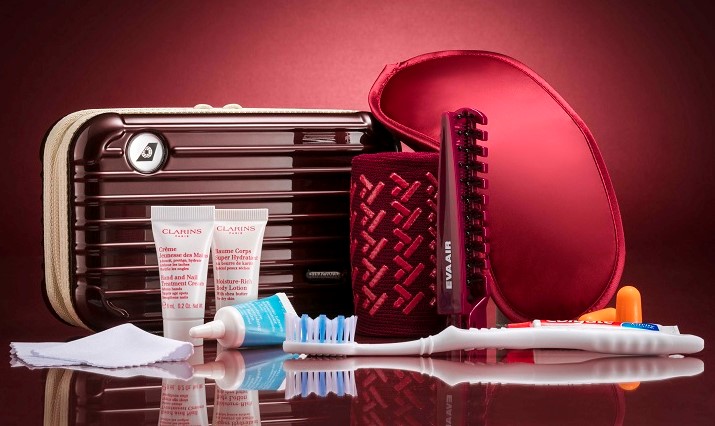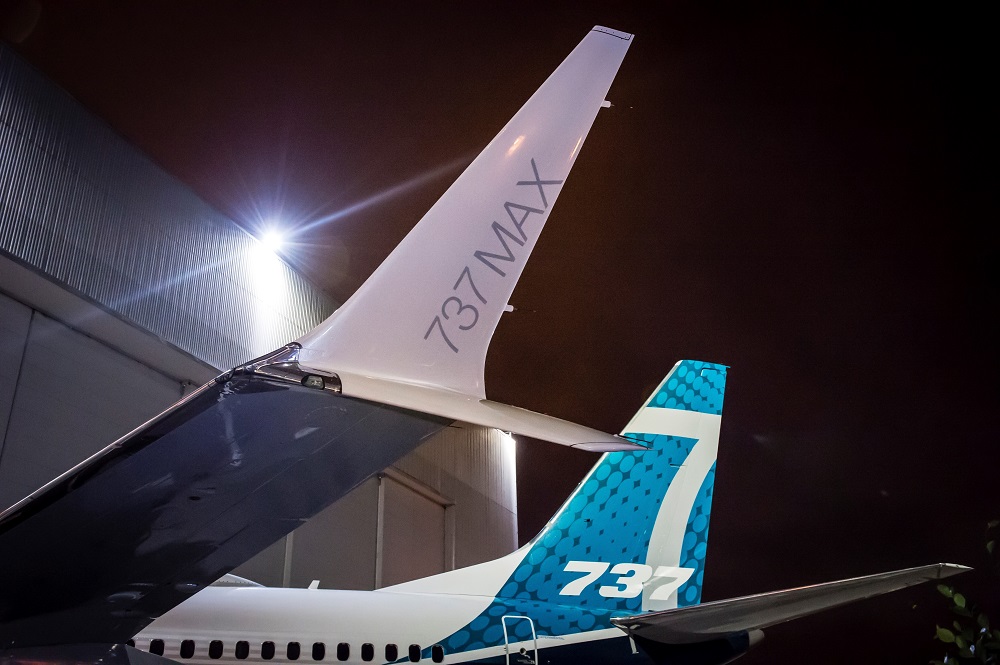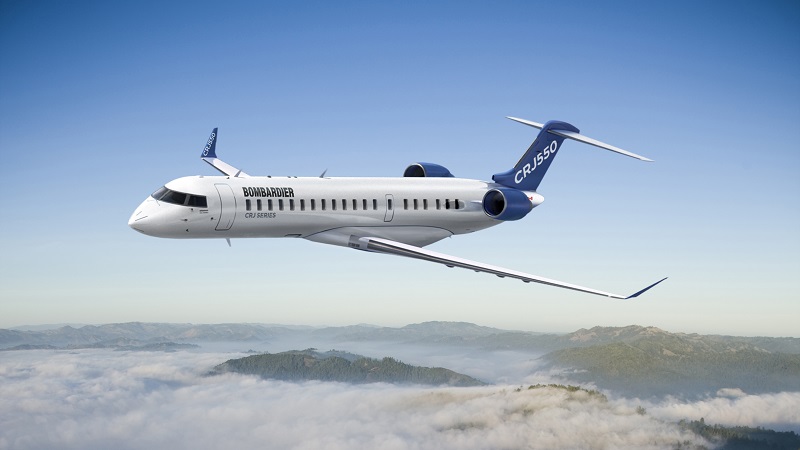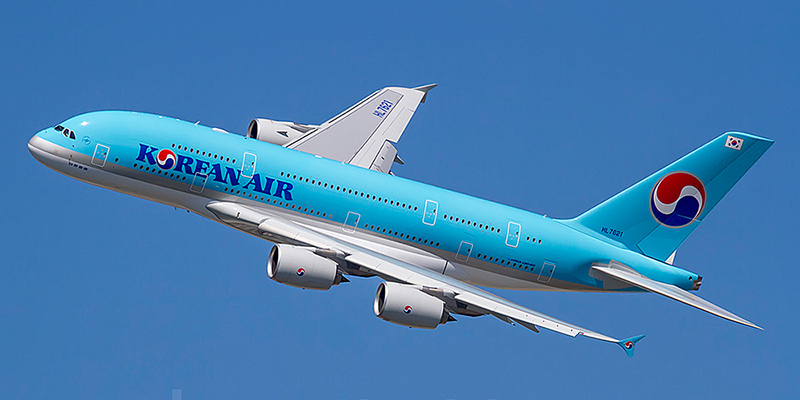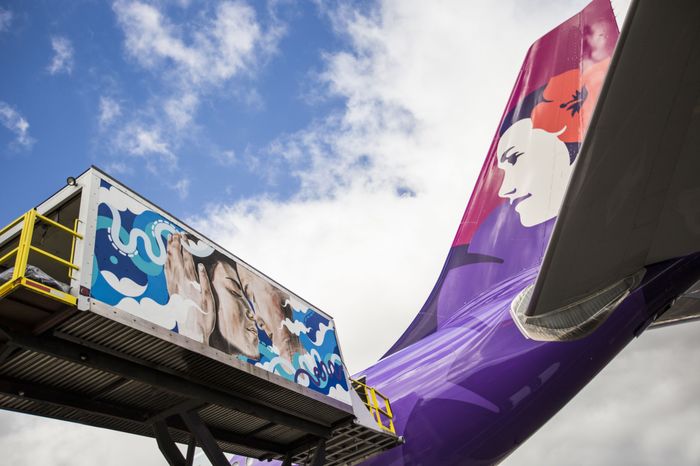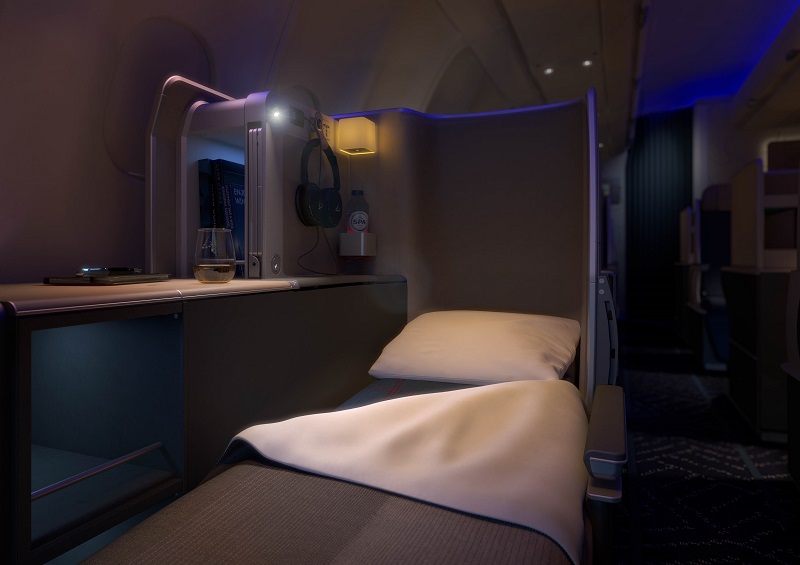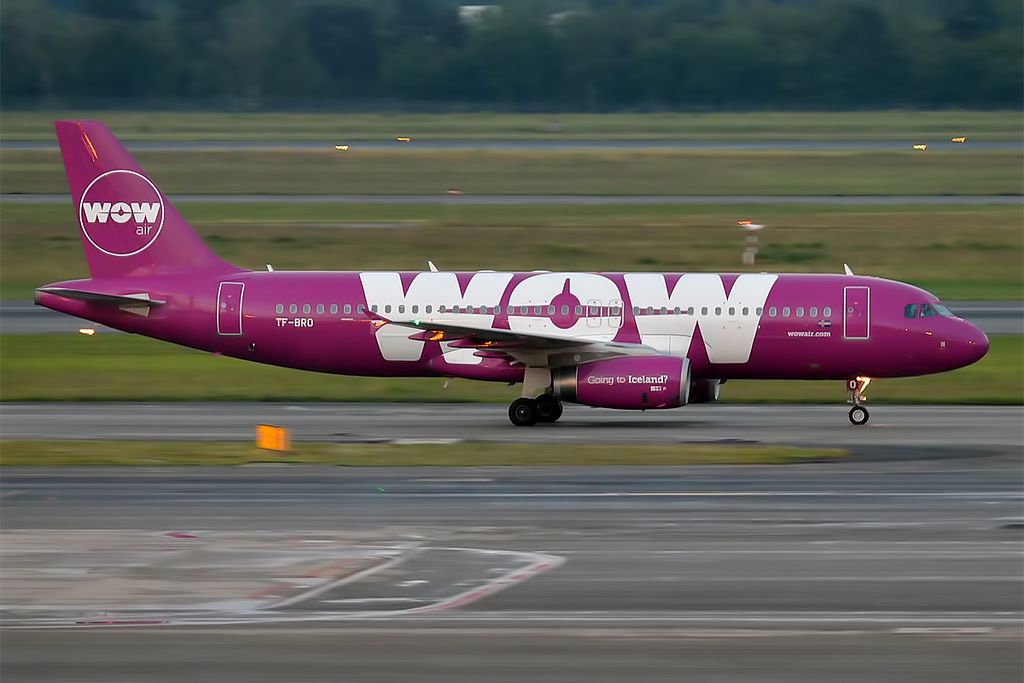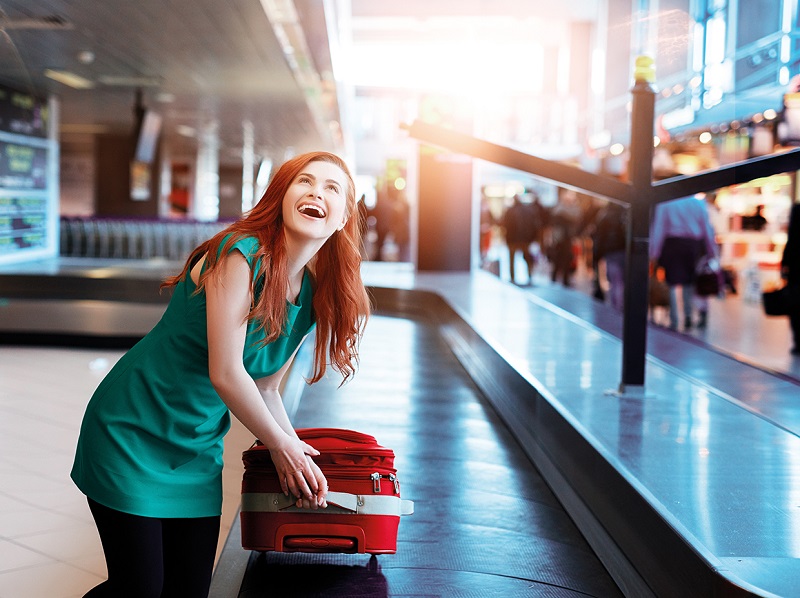Taipei-based EVA Air has long been a quiet leader in the most premium of premium business classes.
An early adopter of the Zodiac (now Safran) Cirrus outward-facing herringbone seat in its long-haul business class, branded as Royal Laurel, EVA’s soft product has matched this investment — and not just in its famous Hello Kitty planes either.
The airline has long featured well above-average Champagne for business class passengers, well above the quality that many other airlines provide for first class. Depending on the route, either Krug or Veuve Clicquot’s vintage prestige cuvée La Grande Dame are offered.
Its amenity kits, too, are first class-level, with a new deep burgundy kit that replicates the iconic Rimowa suitcase.
“Those departing from Taiwan receive overnight kits in Rimowa’s popular new ‘Carmona Red,’” says the airline. “Contents include a color-coordinated eye mask, cozy socks, a hairbrush, a microfiber cloth for cleaning glasses and screens on personal devices, earplugs, a toothbrush and toothpaste and skincare essentials from Clarins.”
On inbound flights, it’s Ferragamo, “inspired by ancient Taiwanese majolica tiles, the case is a harmonious blend of contemporary fashion and Taiwanese culture stocked with Salvatore Ferragamo lotion, hand cream and lip balm elegantly scented with the brand’s new Bianco di Carrara fragrance.”
Hearty portions of skincare, a proper-sized toothbrush, grip-soled socks and a microfibre cloth for cleaning glasses or electronic devices are included in both kits.
EVA is also raising the airline pajama game with a new set from celebrity designer Jason Wu, featuring the usual stretch cotton but also a funky yet practical side-buttoning neck.

That kind of detail allows passengers who feel a draught around their necks to button up warmly, while those who tend to overheat can unbutton to the shoulder to allow for extra airflow.
New food from Huang Ching-biao, a master chef specializing in the Tan aristocratic family style cuisine from China’s dynastic era, will be served departing Taipei to Los Angeles, New York and San Francisco in Royal Laurel (long haul) business class.
It is, says EVA, “prepared with slow, painstaking, traditional cooking techniques and nothing but the best ingredients, the inflight dining experience begins with a pork shoulder slice wrapped with cucumber and Thai-style shrimp followed by golden chicken soup with seafood in a rich, golden broth.
“The main course is braised abalone in oyster sauce served with stir-fried rice with caramel olive while dessert is an elegant concoction of Tan’s mashed taro and sweet potato in water chestnut sauce.”

Meanwhile, passengers heading from Taipei to Brisbane, Paris and Vienna in business will enjoy seasonal desserts from Andrea Bonaffini, the Italian patissier behind Taipei’s Yellow Lemon dessert bar.
There’s a new welcome beverage when you settle into your seat, too, “a cold-pressed mango and mixed fruit juice made from a blend of Taiwan’s exceptionally flavorful Irwin mangoes, pleasingly tart and aromatic passion fruit, tangy oranges and garden-fresh carrots”.
This sort of signature drink is growing in popularity as airlines seek to make a positive and distinctive first impression on passengers. There’s also a little extra treat with coffee and tea: Eclat de Valrhona, a 61 percent premium cocoa dark chocolate from chocolatier Valrhona near Lyon in France.

The whole effect is to bring quite cost-effective changes that — to steal a phrase from the very zeitgeisty Marie Kondo — spark joy among passengers who might be stressed, tired or simply not expecting any magic from the airline experience.
A stonking bottle of champers, an amenity kit you might actually like to keep, a really tasty bite to eat: this is the sort of surprise and delight that airlines need to be creating.


